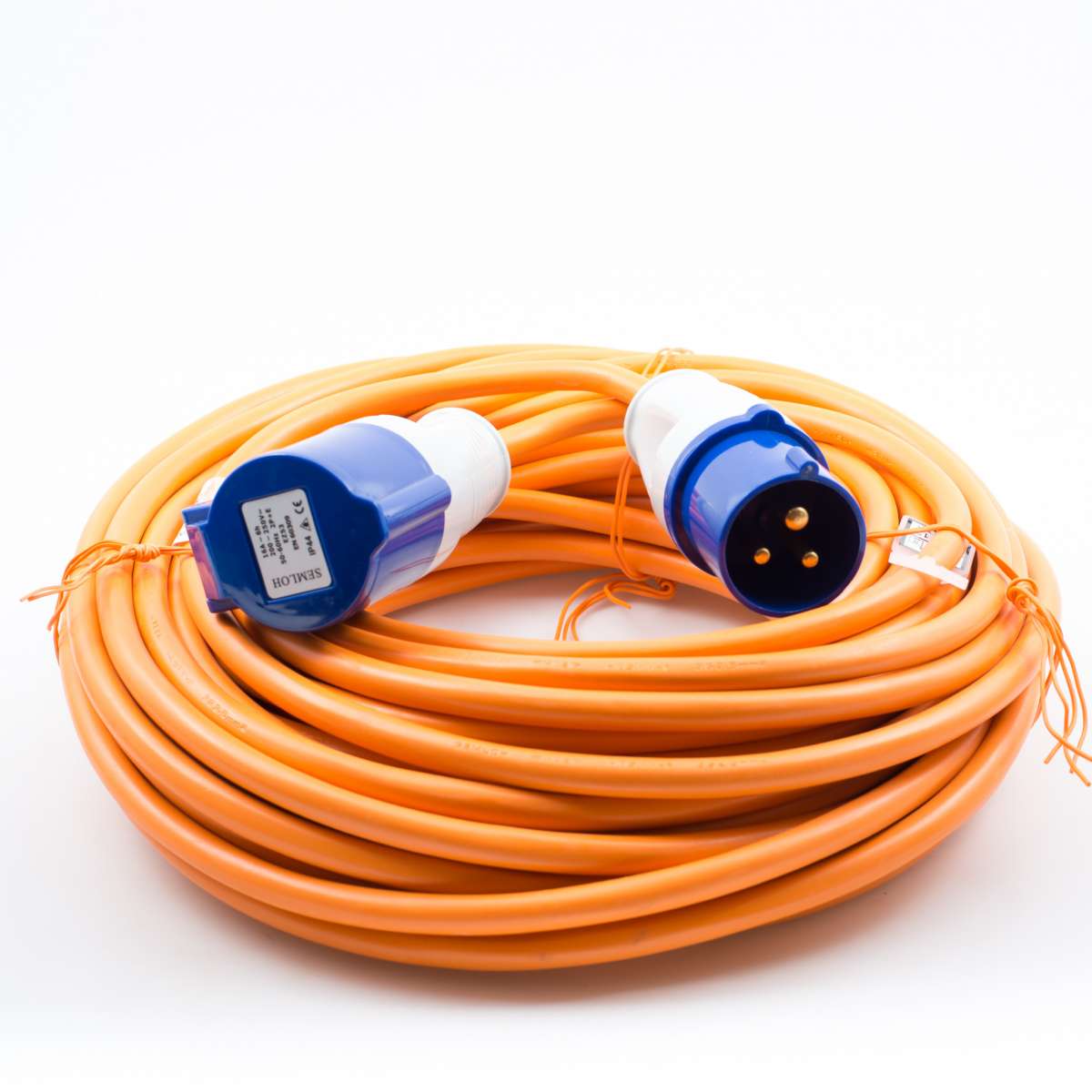
It’s like being on shore power, but you still have to manage your power usage to stay within the capabilities of your inverter and battery bank.ĮXAMPLE: Don’t turn on your microwave or air conditioner unless your battery bank and power inverter can handle it.

With this approach, you connect your inverter directly to your main AC electrical line and power all of your AC circuits.
SHORE POWER CONVERTER INSTALL
So wouldn’t it be great if everything worked as if you were on shore power? OPTION #2 – Install a Relay to Automatically Disconnect the Battery Charger The rest of your AC equipment or receptacles will NOT have power and you’ll feel like you’re camping off-the-grid. Your access to AC power off-the-grid is limited to the new outlets you install. While this is a common approach, it’s not optimal. If you need multiple inverter-only circuits, a small electrical panel can be installed to distribute the AC power. It’s like running an extension cord from your inverter inside your RV (which is also an option). You’ll simply extending the inverter AC output to a handful of new outlets inside your RV which will only be powered from the inverter. Keeping your inverter and associated electrical outlets completely separate from the rest of your RV’s electrical system will eliminate the possibility of inadvertently charging your batteries.


OPTION #1 – Install a Dedicated AC Circuit For Your Inverter In order to avoid this problem of the battery recharging itself, we need to prevent the charger (or converter/charger in my case) from running while the inverter is also on. Notice how the inverter is powered from the batteries and the converter/charger is then powered by the inverter.Ĭomponents of my off-grid electrical setup (not including solar) Locate the batteries, inverter and converter/charger in this crude diagram of my RV electrical system. Combination units like this include the charger, inverter, and necessary switching components in one device. NOTE: This does NOT apply to RV systems with a hybrid inverter/charger (like a Victron Multiplus). In other words, your batteries will be recharging themselves. Your converter/charger (wired to run only when on shore power or generator) will start charging your batteries. It may seem like a good idea to just plug your shore power cord to your inverter and power all AC circuits in your RV, but this creates one big problem.

Why Is This a Problem?Ī power inverter draws its power from your DC battery bank and generates AC power. Option #3 (Best) – Wire your battery charger to run only on shore powerįirst let’s get a better understanding of the potential problem.Option #2 – Use a relay to automatically disconnect your battery charger.Option #1 – Install a dedicated AC circuit for your power inverter.Allowing your battery charger to recharge the batteries while the inverter is running creates a potentially dangerous situation. This approach is affective, but potentially dangerous if you have an onboard battery charger.įor an inverter and battery charger to coexist in an RV’s electrical system, you’ll need to ensure that both will NOT be operating at the same time. Adding a power inverter to simulate a shore power connection when off-the-grid is one way to provide AC power to your entire RV with minimal additional wiring.


 0 kommentar(er)
0 kommentar(er)
